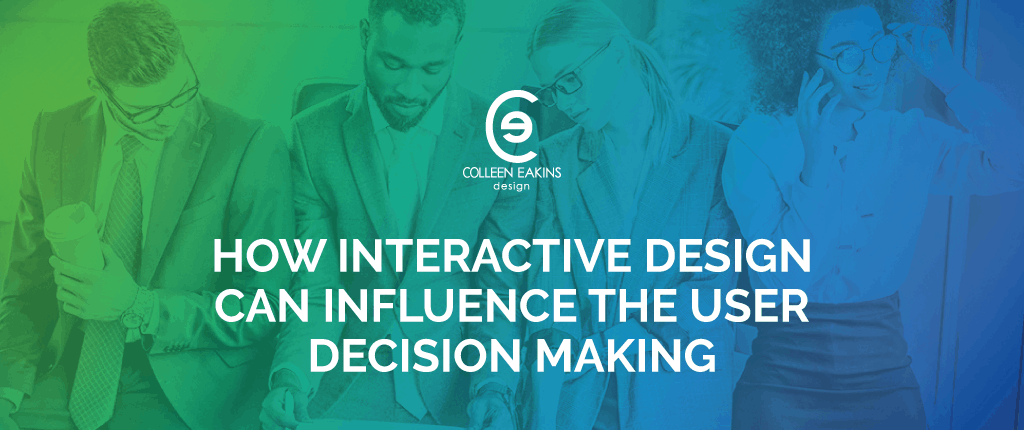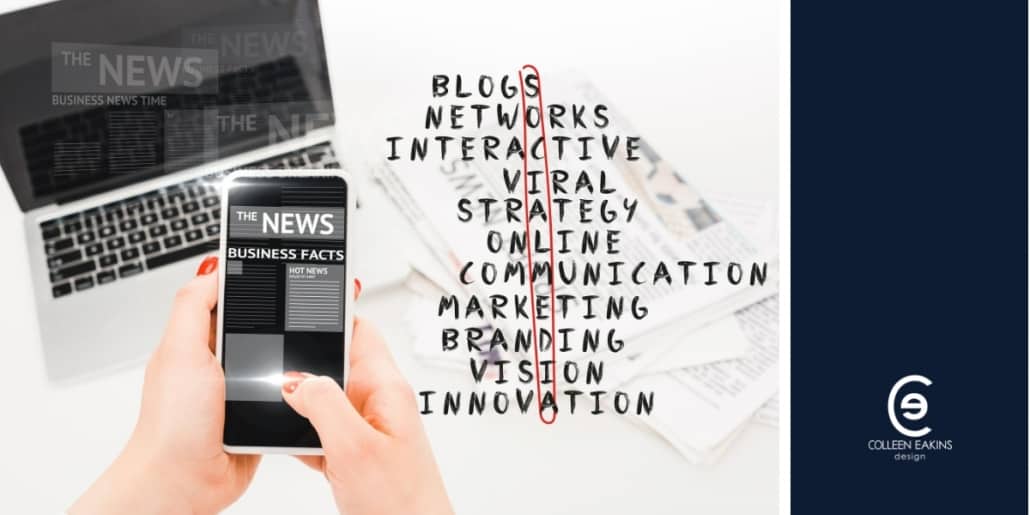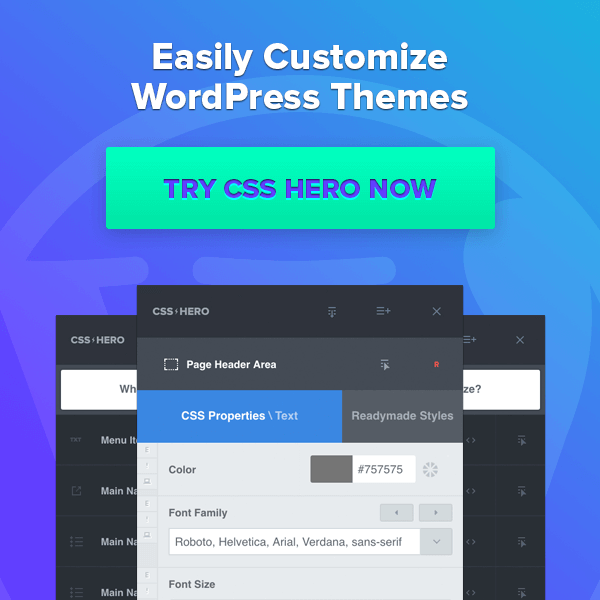How Interactive Design Can Influence the User Decision Making
With average attention spans of 7-seconds, every digital and design element needs to grab your consumer’s eyes to keep them on your product to convert in the manner needed – as the user will not always come to your site from the main page. However, one can fall in to the trap to over stimulate and over communicate – this leads to a delicate balance, all while keeping your company’s voice in the mix and not create content that the consumer just wants to hear – they will see right through that!
Being mindful of your company’s impact and the external world is crucial in today’s global economy. In global situations, sensitivity and awareness are needed to elevate what changes can and should be made to ensure your consumers and employees take the right action.
What is interactive design?
When we talk about interactive design we are referring to overall fusion of product design, computer capabilities, and communication of your company’s message within the overall user experience. This mixture creates the dialogue between the design & technology and your users to act out intended behaviors from communications.
Interactive design can be considered the actual design itself, and other elements that help elevate users experience are aesthetics, motion, sound, space, and personalization.
Broken down in to a simpler explanation:
- Visual Design – how the user interface looks
- Content Design – how the user interface sounds
- Interaction Design – how the user interface feels
Again, it is about connecting the pieces of the visual and written design to add aesthetically appealing features in order to create a message that “pops.”
As technology capabilities grow, the ability to expand what interactive design is will continue to challenge designers, as we want appealing content, but over stimulating our users is a concern to keep in mind.
How does this influence user decision making?
The first hurdle that designers need to jump over is, what visual and written aspects will pull our company’s consumers in and keep them on the page? Next, what elements of interactive design can engage and influence your consumers to perform the preferred behavior of your message?
What interactive design accomplishes the most is pulling out emotion from your consumers. Yes, a conversion is the behavior you ultimately aim for, but allowing for consumers to feel connected to your brand should be the goal for not only an interactive designer, but a visual and content designer, as well.
Of course, we want appropriate emotions elicited from the designs, to create a positive experience. How this can be accomplished is through responsive design – meaning it works without breaking, pausing on different devices or views – and personalization.
Remember the days of buffering and dial-up? Those were painful experiences in order to view content – this is not how today’s technology works, but is a relevant reminder of how un-responsive the internet use to be. Responsive design can really create a positive or negative experience for your user. Pending on the back-end specifics of your website – such as the software and server your company has in place. Ensuring these are continually upgraded and regular maintenance is performed, it should not be an issue for the user. Next, how many motion graphics, sound files, and images are already placed on your website? Taking inventory of what space is already taken up from content can help your marketing team evaluate what new interactive design elements can be added.
Personalization can be accomplished on a mass scale through certain variable data points that are collected from the users during check-outs and subscribing to newsletters, etc. This allows for your mass messaging to contain relevant information to customers that are specific to them. Anniversary or birthday discounts, emails that have names inserted, recommendations on new products allow your consumers to interact with your company on an individual basis and feel valued.
Another great way to elicit emotions from interactive design is exactly what you think of when you think interactive – motion graphics, whether in video or animated form or specifics to each page of your website. Incorporating these elements to the visual design can elevate your message in a very specific way. Is it an interactive coloring sheet? Illustrations that take shape as the page moves? How the page loads or a splash page appears on the screen? The motion of how pages appears on the screen or the specific design elements help a user connect and interact with your website as a whole. The longer you can keep them on the page – the better!
Here are some great example of interactive designs.
Does all interactive design have to be heavy in design?
No! Some of the simplest forms of interactive design are based on content alone. Examples are surveys, quizzes, and polls. These also bring out emotions from your consumers as you ask relevant questions to your company, products, and consumer experiences.
Conclusion
Interactive design can seem like a challenging and overwhelming task to implement in to your website, if it is not already there. If your company does not currently engage with your consumers this way, then flipping your communications overnight would not be the best tactic and could confuse your consumers. Small steps, such as content based interactions (i.e. surveys) are a great introductory method to see if interactive design is effective for your company to continue instituting.
Collaborating with Colleen Eakins Design on what elements can be included in your interactive design will help ensure an optimal product for your consumers.






